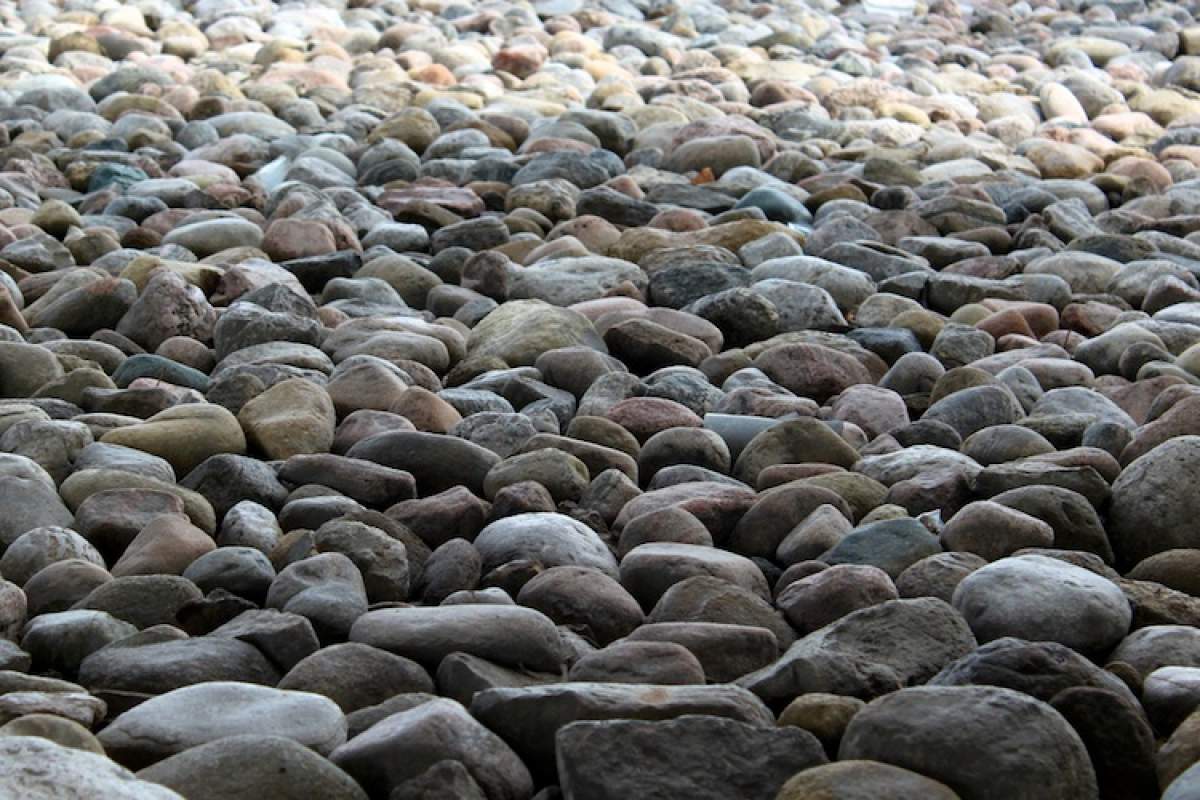
Kidneys are extremely useful organs. Located below the ribs toward the middle of the back, kidneys make urine by filtering excess water and waste from the blood.
Crystal Buildup
Scientists have not yet determined why or how it happens, but on occasion crystals separate from the urine and build up on the inner walls of the kidneys, forming dreaded kidney stones composed largely of calcium and a mixture of other substances. Urine has chemicals that inhibit crystal formation, but for some people these chemicals don't work properly, and stones form.
"Stone" is actually a misleading word, since we might tend to think of a round, smooth pebble. Although some kidney stones are round and smooth, others are jagged, shaped like tiny starfish. If the stone is roughly the size of a grain of sand and can therefore travel easily through the urinary tract, it may pass unnoticed. But when a lima-bean-sized stone becomes lodged in the urinary tract a tube the width of a spaghetti strand you're in for a world of pain.
Mind-Numbing Pain
When a sizable stone moves in the urinary tract, pain suddenly erupts in the back and side near the offending kidney. Discomfort only increases as the muscles in the urinary tract try to squeeze the stone down toward the bladder, often resulting in mind-numbing pain. What's worse, the stone may cause blood to appear in the urine, which is never a good sign.
Relief comes when the stone finally passes. Drinking as much water as possible can help speed the process along, although it won't dull the pain. And although kidney stones are not normally life threatening, in extreme cases surgery may be necessary.
Read More:
- Kidney Stone Mystery Solved (University Of Washington in St. Louis)
- New Lens Design Drastically Improves Kidney Stone Treatment (Duke University)









